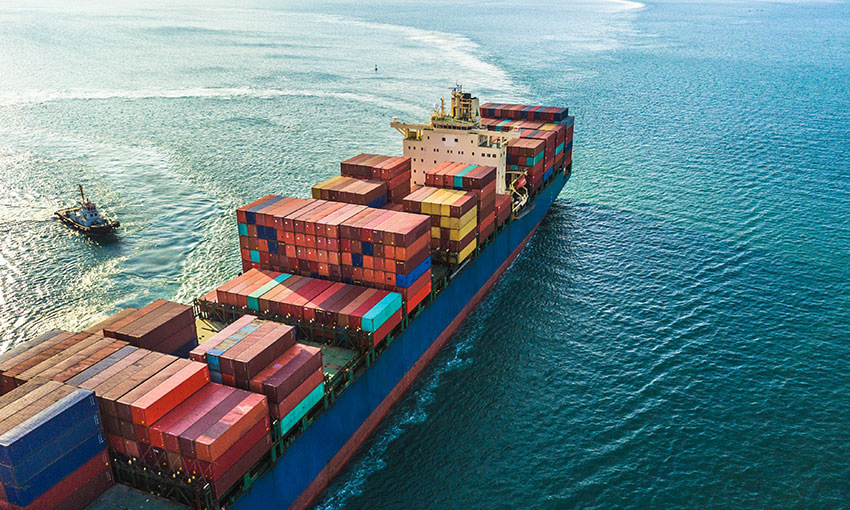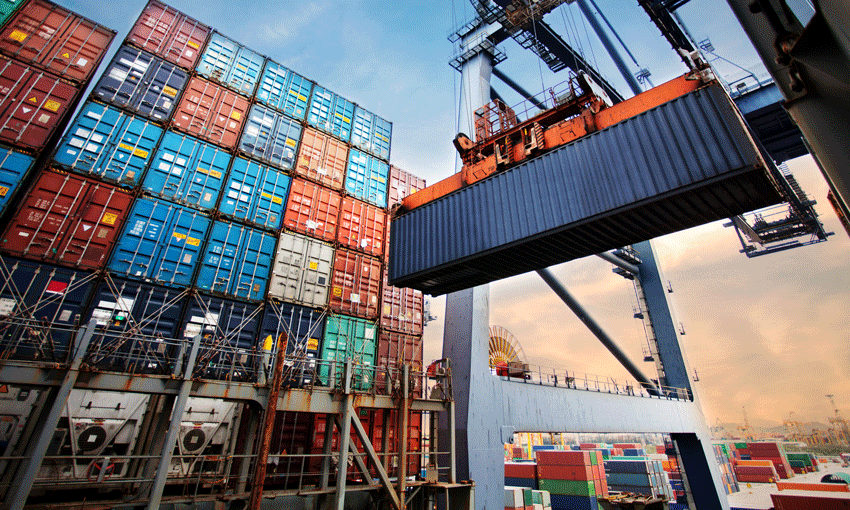CONTAINER prices have plateaued following Chinese New Year but remain elevated while attacks continue in the Red Sea, according to the latest data from Container xChange.
The container trading platform published its March Container xChange Market Forecaster report this week, and it suggests geopolitical risks are impacting the supplier strategy of companies worldwide.
Sixty-three per cent of the companies surveyed by Container xChange in February were looking to diversify their supplier portfolio.
Thirty-seven per cent were still planning to reduce the number of suppliers they aimed to diversify in the year 2021 in response to the pandemic and its resulting repercussions.
The forecaster report found persistent geopolitical tensions in eastern Europe and the Middle East have led to shifts in trade patterns, requiring industry to redesign the supplier mix for their supply chains.
Container xChange highlighted February as a pivotal moment in the trajectory of container leasing and trading rates, which had been rising since Ansar Allah’s first attacks against Red Sea shipping in November 2023.
Container xChange CEO Christian Roeloffs said Chinese New Year has historically led to a slowdown in manufacturing and shipping activity in China, which can cause a temporary decrease in demand for shipping services.
“However, as businesses resume operations after the holiday, there can be a surge in demand for shipping, particularly for goods that need to be restocked after the holiday period,” he said.
“Additionally, March is often considered the beginning of the contract season for many shipping companies. This is when annual shipping contracts are negotiated and finalised for the upcoming year, which can influence shipping rates and capacity utilisation in the industry.”
Mr Roeloffs said March can be a period of increased demand compared to the immediate post-CNY period, but it is not considered as robust as other peak seasons.
“Further into the year, rising inflation rates globally could potentially lead to higher production costs and increased consumer prices, thereby affecting trade volumes and container demand,” he said.
“As businesses grapple with inflationary pressures, they may need to reassess pricing strategies.”
Looking ahead, Container xChange expects container prices to fall by 8% to 16% in the March and April 2024 in China going by the cyclic nature of price developments as an impact of the post Chinese New Year demand reduction.
The platform also predicts a potential decline in container prices across the United States, ports of Vancouver and Toronto, and in Europe in the coming two months.
Container xChange noted that these forecasts assume that other macro and micro factors remain constant, and any significant changes in these factors could impact the accuracy of the forecasts.





